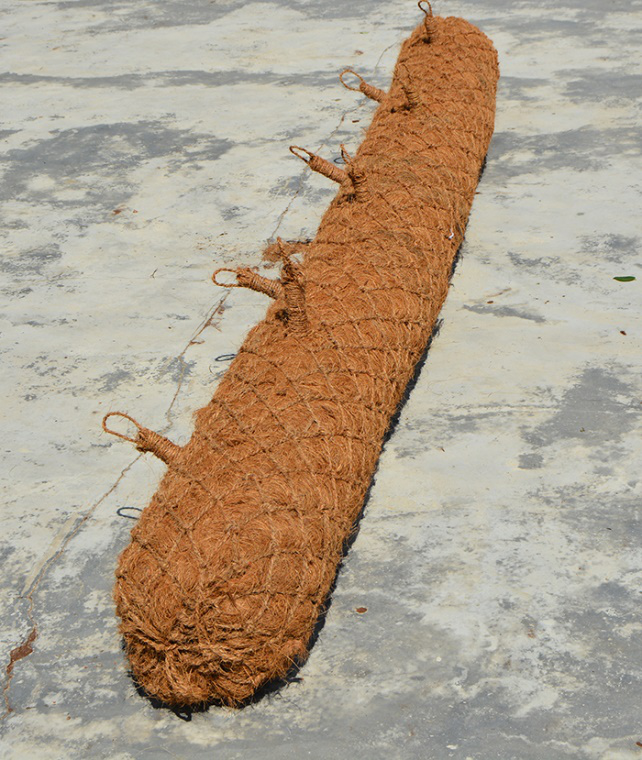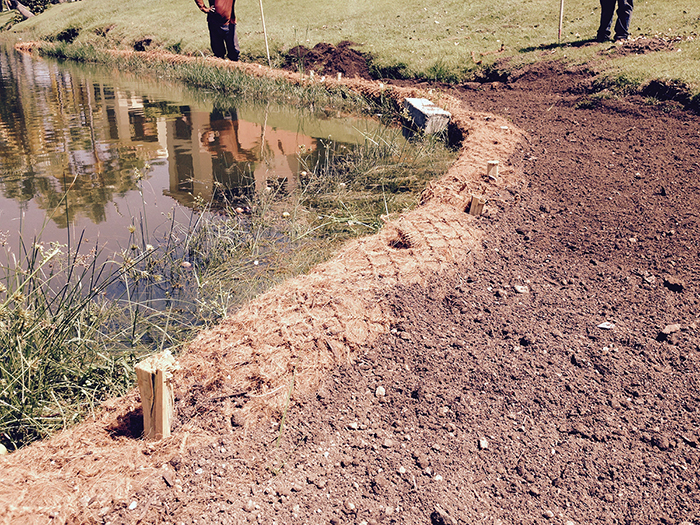
Soil erosion can wreak havoc on landscapes, leading to significant environmental and structural damage. This guide will walk you through the step-by-step process of using BioD-SuperLog and BioD-SuperRollfor soil bioengineering and erosion management.
Step-by-Step Guide to Using BioD-SuperLog and BioD-SuperRoll for Superior Erosion Control
Step 1: Site Assessment
BioD-SuperLog
- Assess the area to understand the erosion problem, including soil type, slope gradient, and the extent of erosion.
- Identify the specific locations where BioD-SuperLogs will be most effective, such as along streambanks, coastal areas, and steep slopes.
BioD-SuperRoll
- Similarly, assess the area to understand the erosion problem, including soil type, slope gradient, and the extent of erosion.
- Identify the specific locations where BioD-SuperRolls will be most effective, such as on slopes, in land reclamation projects, and for wetland restoration.
Step 2: Preparation
BioD-SuperLog
- Clear the area of debris, rocks, and loose soil.
- Ensure the surface is as smooth as possible to allow proper contact between the BioD-SuperLog and the soil.
BioD-SuperRoll
- Clear the area of debris, rocks, and loose soil.
- Ensure the surface is as smooth as possible to allow proper contact between the BioD-SuperRoll and the soil.
Step 3: Installation
BioD-SuperLog
Trenching: Dig a shallow trench (about one-third the diameter of the BioD-SuperLog) along the contour of the slope or area where the logs will be placed.
Placement: Position the BioD-SuperLog into the trench, ensuring it fits snugly against the soil. For longer slopes, place multiple logs end-to-end.
Anchoring: Secure the BioD-SuperLog using wooden stakes or steel pins. Drive the stakes through the log and into the ground at regular intervals to prevent movement.
BioD-SuperRoll
Positioning: Roll out the BioD-SuperRoll along the slope or erosion-prone area. Ensure the roll is unrolled in the direction of water flow to maximize its effectiveness.
Overlapping: If multiple rolls are required, overlap the edges by about 6 inches to ensure seamless coverage.
Anchoring: Secure the BioD-SuperRoll with wooden stakes or steel pins at regular intervals. Place additional stakes along the edges and overlap areas for added stability.
Step 4: Backfilling and Compaction
BioD-SuperLog
- Backfill the trench with soil, covering the lower part of the BioD-SuperLog.
- Compact the soil around the log to provide additional stability.
BioD-SuperRoll
- Backfilling and compaction are typically not required for BioD-SuperRoll. However, ensuring good soil contact by lightly pressing down on the roll after installation can improve effectiveness.
Step 5: Vegetation
BioD-SuperLog
- Encourage vegetation growth around the BioD-SuperLog.
- Plant native grasses, shrubs, or other suitable plants to enhance soil stability and promote natural erosion control.
BioD-SuperRoll
- Once the BioD-SuperRoll is in place, seed the area with native plants or grasses. The coir material provides an excellent medium for seed germination and root establishment.
- Water the seeded area as needed to promote plant growth and strengthen soil structure.

RoLanka International offers top-notch streambank restoration products, beach restoration products, and coir soil bioengineering products. From coir sediment control wattles to BioD-Mat woven bristle coir blankets and coir gardening products, they provide everything needed for effective soil erosion control.
Enhance your projects with their coir erosion control mats and BioD-Roll densely packed coir logs. Shop here for premium solutions.
